What is the best way to secure the WordPress platform in 2021?
How to secure my WordPress website from hackers?
Why is WordPress security important for my business?
If you run or manage a WordPress site, these are just some of the questions that you worry about. We completely understand. That’s why we have put together a comprehensive WordPress security guide for 2021 that can answer all your questions. So, let’s get started.
Is WordPress Secure

Thousands of WordPress websites are hacked or breached across the globe every year. It’s natural to question the security of the WordPress platform. So, first things first, is WordPress secure?
The answer to this question is not a straightforward yes or no. Here’s the right way to look at it:
Yes, the WordPress platform in itself is secure. This is because Core WordPress has the necessary security mechanisms to keep your website safe. Furthermore, the WordPress team and community work round the clock to ensure that the WordPress core is free of risks.
However, website owners introduce risks and vulnerabilities to WordPress websites when they fail to follow basic and recommended WordPress security measures and practices.
Now that we understand this, let’s look at how you can secure a WordPress website from hackers.
How to Secure a WordPress Site

If you are new to WordPress, then securing WordPress sites can seem like a daunting task. That’s hardly the case, though. You do not need to be a security expert to implement WordPress security in 2021.
Here is an 11-point guide containing the steps you can take to secure your WordPress website:
1. Get the Best Plugin to Prevent Fake and Bots Logins
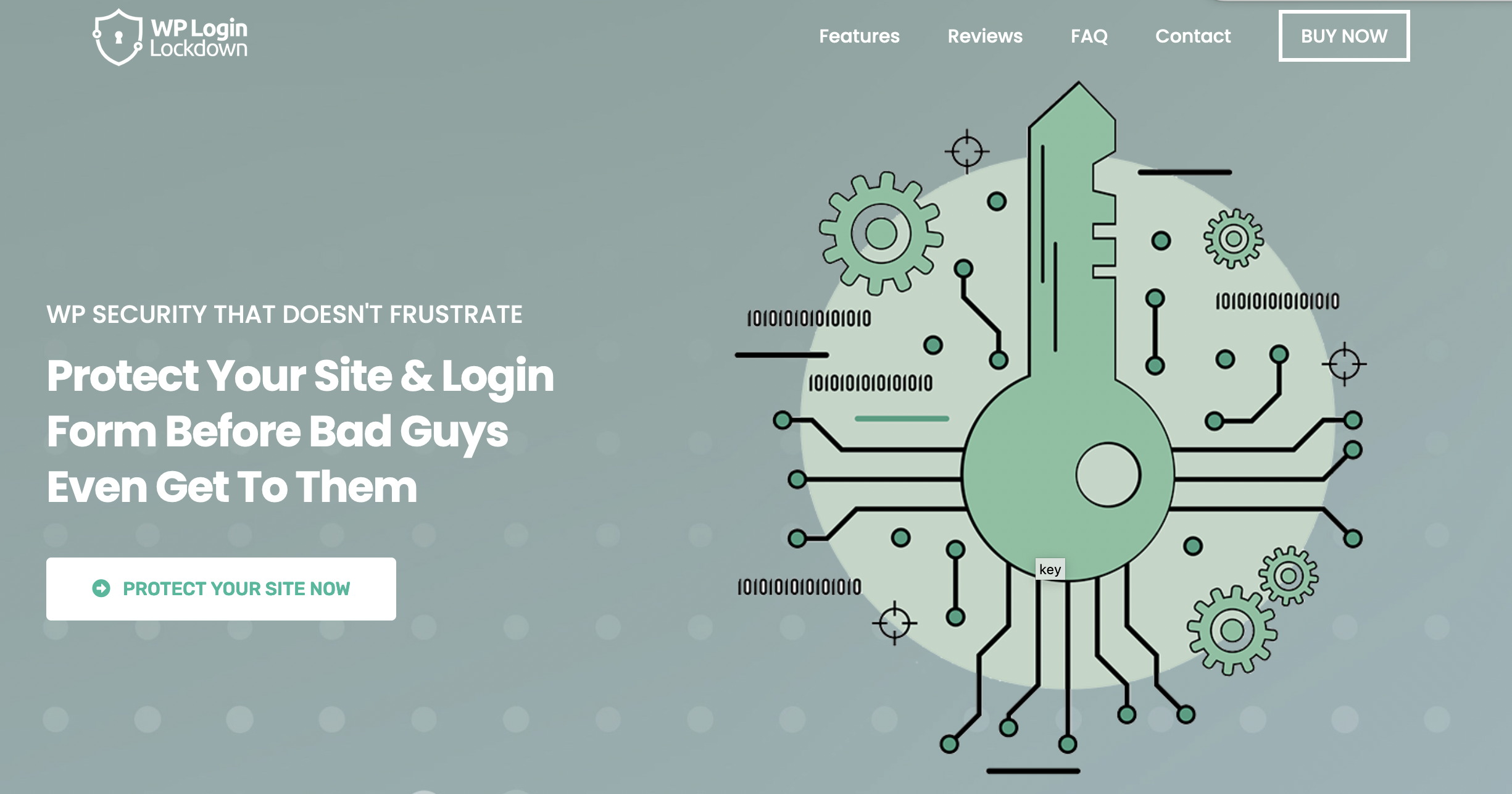
WP Login Lockdown is an effective security plugin for WordPress sites because it helps prevent brute-force attacks on the login page. By limiting the number of login attempts from a particular IP address, WP Login Lockdown can effectively block malicious login attempts and keep your site secure. Additionally, the plugin is easy to install and configure, making it a user-friendly option for both novice and advanced WordPress users. With its ability to provide an added layer of security to your site, WP Login Lockdown is a valuable plugin to have in your arsenal for WordPress security.
2. Add an SSL Certificate
The next step to protect your WordPress site from hackers is to move it from HTTP to the HTTPS (or Secure HTTP) protocol. HTTPS-enabled websites are more secure as they encrypt every piece of data transmitted between the website and the user’s browser.
How do you implement this measure? You need to install the SSL (short for Secure Socket Layer) certificate on your website. For WordPress, you can obtain an SSL certificate from your current web host or by installing an SSL plugin like Let’s Encrypt.
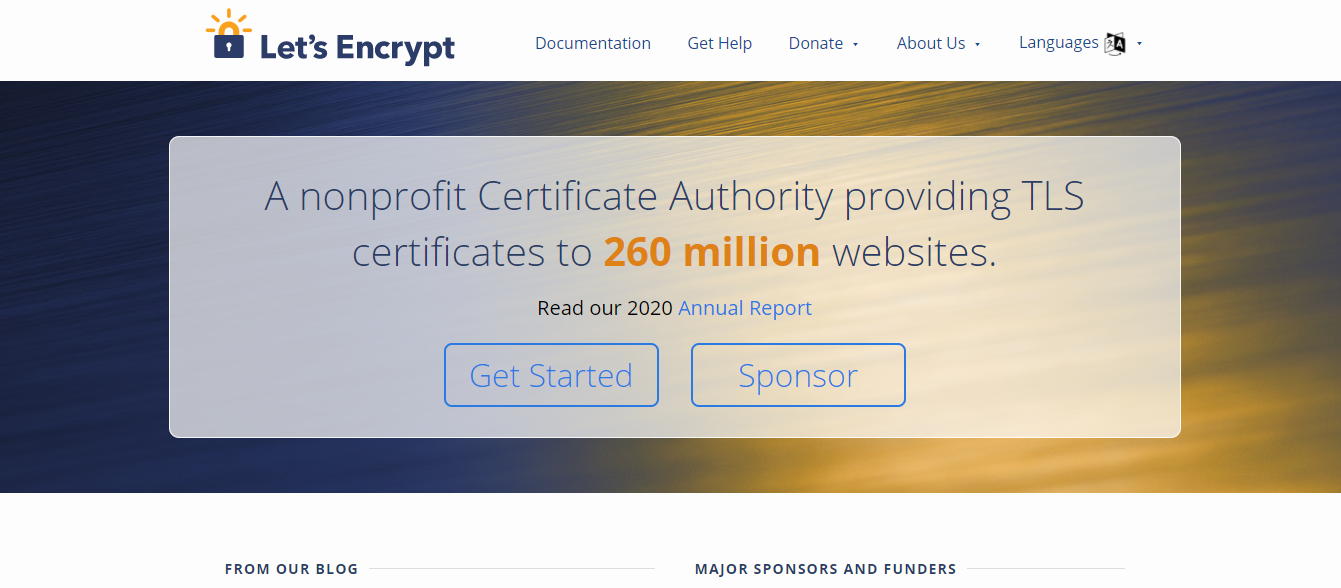
Since you’re presumably searching for a no-hassle solution, WP Force SSL is the way to go. This is the plugin you need to add an SSL certificate to your site without touching any code or getting bogged down with too many features.
3. Create Strong Passwords
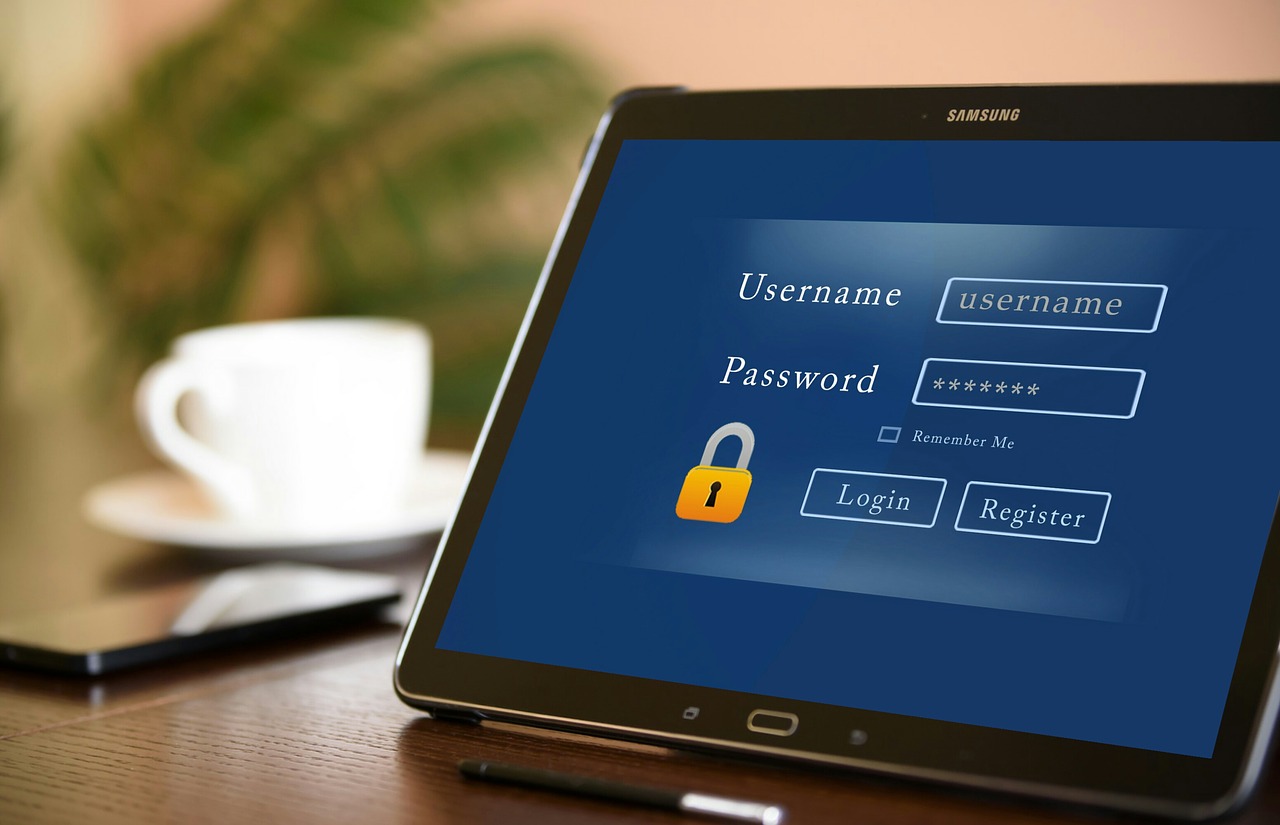
Weak passwords are the main reason why brute force and other login page attacks work. While weak passwords (like “password” or “123456”) are easier to remember, they are a constant threat to your WordPress security.
One of the most accessible measures for making WordPress secure is configuring solid passwords with a mix of upper and lower-case alphabets, numbers, and special characters for each user.
4. Enable Two-Factor Authentication (2FA)
In addition to strong passwords, implementing the industry-recognized 2FA measure is a great way to secure your login pages. With 2FA in place, users signing into their account must go through a 2-step process of first entering their credentials and entering a one-time password sent to their mobile phone.
To implement 2FA, all you need to do is download and install a 2FA plugin like Google Authenticator or WP 2FA on your WordPress site.
5. Prevent Brute Force Attacks
Brute force attacks are the most common WordPress attacks. In this type of attack, hackers use automated bots to guess the correct combination of your username and password to access your site. They do this to infiltrate WordPress accounts, especially admin accounts, since they have the most privileges they can exploit.
How can you prevent brute force attacks? You can use multiple WordPress security measures like limiting the number of failed logins (to a maximum of three) or installing the secure CAPTCHA tool to detect automated bots quickly.
6. Use a WP Security Plugin
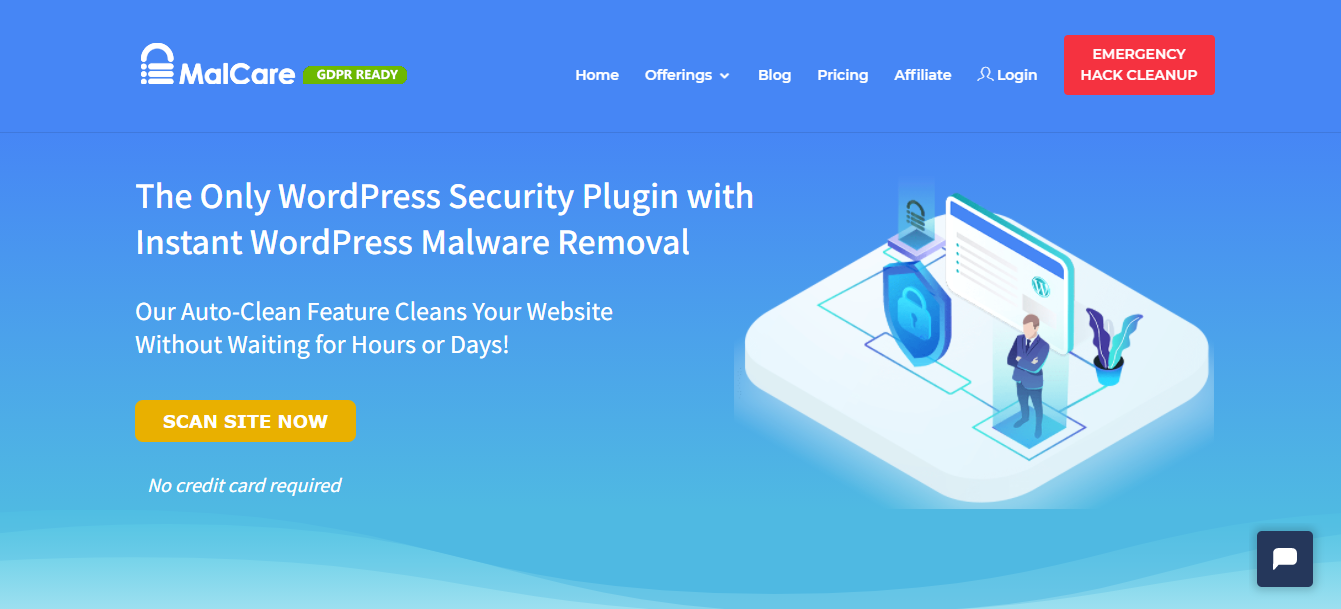
WordPress security plugins are designed to detect unwanted malware infections on your WordPress site and even remove them from your website. A few security plugins also have in-built features like firewall protection that looks at all the traffic to your website and blocks out malicious connections to improve the security of your WordPress site.
Popular security plugins like MalCare are easy to install and use deep scanning to help you instantly detect and remove malware variants automatically. You can also make use of its features like login protection, inbuilt firewall, and WordPress hardening to fortify your website against further attacks.
7. Keep Your Website Updated
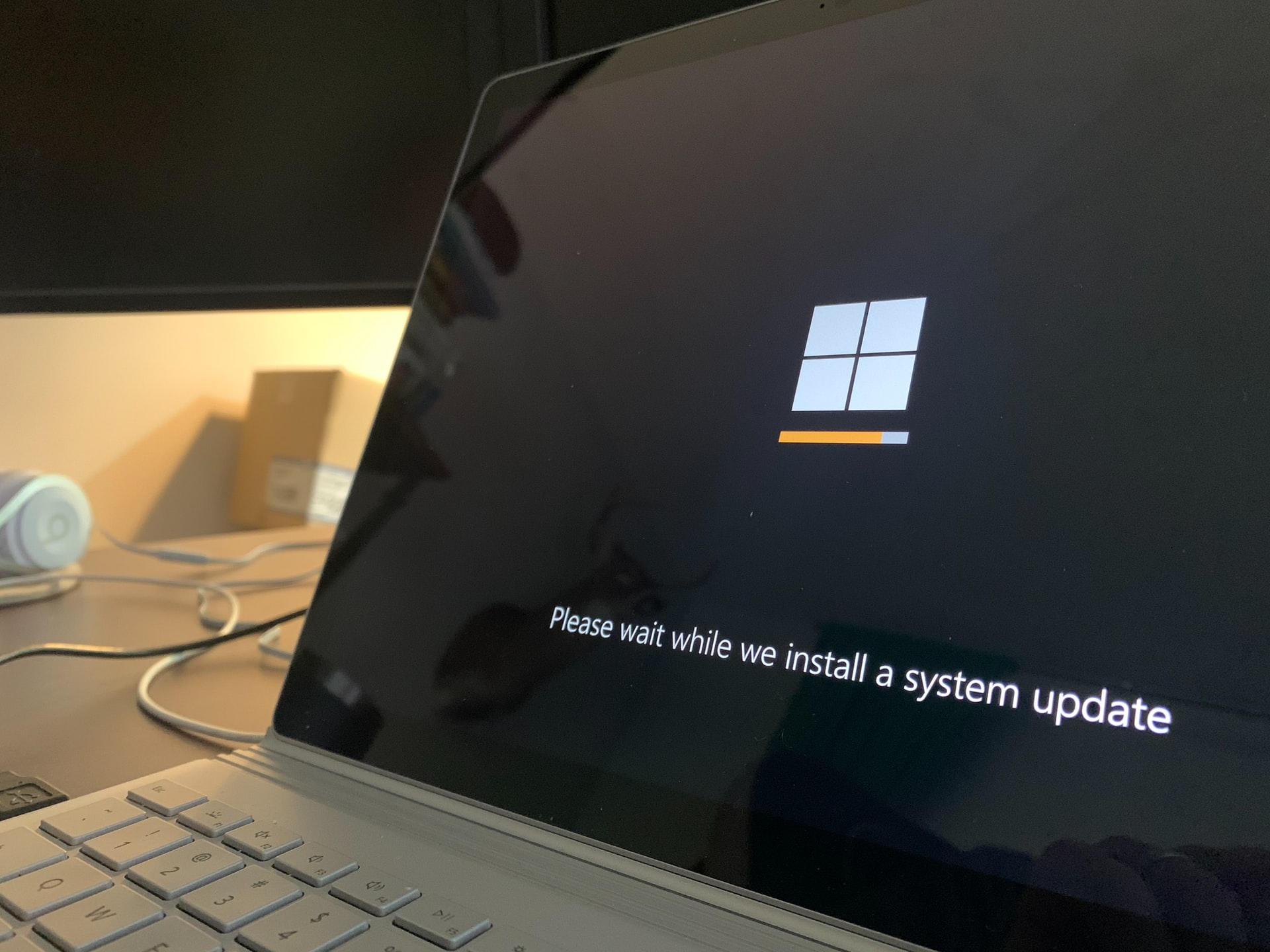
Outdated WordPress sites with old WordPress versions can pose a serious security challenge. The best way to secure WordPress sites is to update them to the latest WordPress version. Along with the core WordPress version, update all the installed plugins/themes to their latest available version.
If you manage multiple WordPress sites, you can perform a bulk update for all websites using a WordPress management tool like ManageWP or MainWP.
8. Back Up Your Website Regularly
Although not strictly a security measure, we highly recommend regular backups of your entire WordPress site to safeguard your website and database files in the event of any site crash or hack. With a backup in place, you can quickly restore your compromised website using the stored backups without the risk of additional downtime.
How do you backup your website? While you can do this manually, it can be a lot of repetitive work. Also, whatever took down your site could have corrupted your backups too. This is why we recommend using a popular backup plugin like BlogVault, which stores backups separately on its dedicated servers.
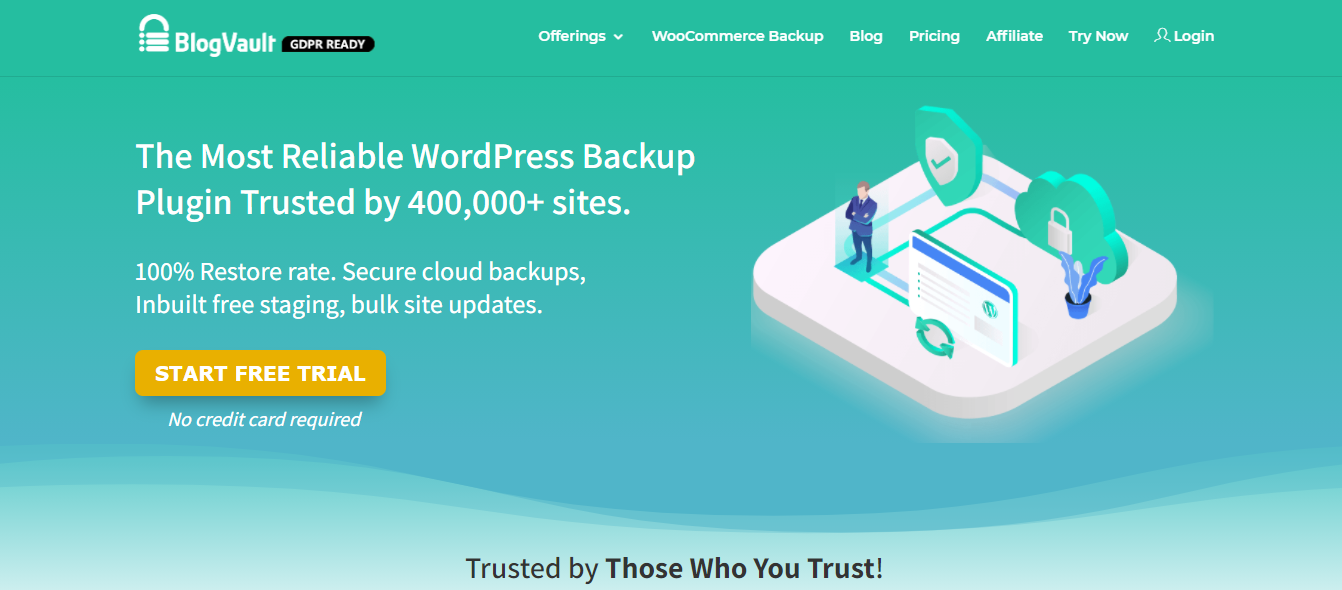
It is easy to use and has a 100% restoration rate, and offers automated and scheduled backups in addition to unlimited on-demand backups.
9. Use Secure Hosting
How secure is your WordPress hosting platform? The answer to this hugely impacts your website security. A secure WordPress host is equipped with the latest technologies and software versions that can protect your site.
On the other hand, an insecure WordPress host exposes your site to multiple risks. If your site is still hosted on a shared hosting platform, switching to a more secure managed host is a good idea.
10. Change Your Default Username from “Admin”
If you are still using the default username “admin,” it is high time you changed it. Hackers can use this vulnerability to guess your administrator’s username to access your critical admin account.
You can create a new admin username from your WordPress admin account and delete the previous one – or install a new WordPress version.
11. Harden Your WP Site
Recommended by the WordPress security team, WordPress hardening is a set of roughly 12 measures that can fortify your website from future attacks. These recommendations include disabling the file editor, changing the security keys, and blocking plugin installations. However, implementing these measures would need a technical understanding of WordPress and a fair bit of technological know-how.
If you’re looking for a simple way to implement these hardening measures, there is a more straightforward way. Security plugins like MalCare have in-built hardening features that can easily be enabled in a matter of a few clicks, thanks to their integrated WordPress hardening measures in their user interface.
12. Limit User Access to Your Site

Last but not least, you need to limit user access to your website. To improve your WordPress website security, restrict the number of users with super-administrator or administrator rights. Based on individual job roles, assign user roles with lesser privileges such as editor, subscriber, and contributor.
You can assign or change user roles using your WordPress host account – or utilize the WordPress management functionality that security plugins like MalCare provide.
Vulnerabilities of a WordPress Site

While the measures listed above are a great way to secure your WordPress website, understanding these fundamental vulnerabilities and exactly how hackers exploit them can go a long way in building a more robust security posture for your website.
Here are the six most common attacks on WordPress sites.
1. SQL Injection
In this type of attack, hackers inject malicious PHP scripts using vulnerabilities in the input fields of your website’s online forms. These scripts then run queries on your WordPress database to take control or even steal sensitive records.
2. Cross-site Scripting (XSS)
Cross-site scripting attacks exploit vulnerabilities in your installed plugins or themes. For example, hackers can insert a malicious website link in the comments section of your website and extract the credentials of any user who clicks the link.
3. Phishing
With phishing, hackers first exploit an outdated plugin/theme to gain unauthorized access to your website backend. Following that, they send out spam emails containing suspicious links to unsolicited websites to your customers.
When an unsuspecting customer clicks the links, they are directed to these unsolicited websites where their personal or credit card details may be misused. So it’s a good idea to verify the email sender with a DMARC checker tool before clicking on suspicious links.
4. Privilege Escalation
What happens when hackers gain access to a user account with insufficient privileges or rights — like a subscriber or contributor — through a successful brute force attack? They can’t do much damage.
But from here, they can exploit vulnerabilities in specific plugins to escalate their privileges to that of an administrator.
5. Pharma Hack
Pharma hacks target websites with high SEO rankings to promote unsolicited websites selling fake and often illegal pharmaceutical products. They do this by infecting target sites with spam keywords and pop-up ads.
When users click these links or ads, they are redirected to the hacker’s store or website. Pharma hacks can significantly impact your website’s SEO rankings and may even cause Google to block you.
6. Japanese Keyword Hack

Like the Pharma hack, the Japanese keyword hack also attacks high-ranking websites and injects their website pages with spammy Japanese keywords and links. When the targeted website starts ranking in search results for Japanese keywords, site visitors click on the malicious links.
The repercussions of a Japanese keyword hack are just as dire as that of pharma hacks — a drop in SEO rankings, Google blacklisting, or even suspension by your web host.
A website is your biggest asset in today’s times, and WordPress is an excellent tool in your arsenal. A compromised website can damage your business in multiple ways, from losing sensitive data to revenue loss due to downtime to blacklisting by Google and other search engines. It won’t be long before these lead to loss of business revenue, customer trust, and hard-earned SEO rankings.
The Importance of WordPress Security
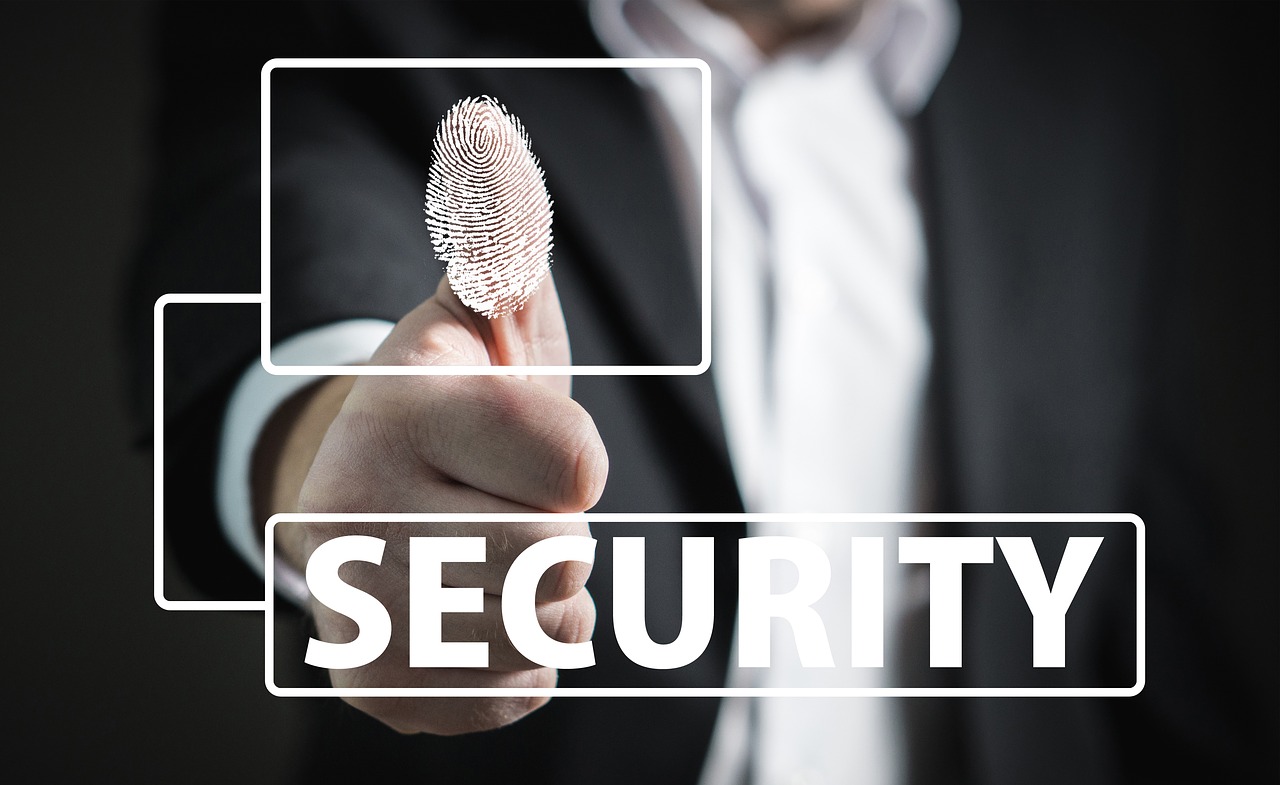
We hope this article has helped you better understand the risks lurking in the WordPress ecosystem. It’s important to remember that these security risks have more to do with the popularity of WordPress and less to do with its inherent lack of security. The more popular a solution, the more hackers will try to exploit its vulnerabilities.
While the 11 WordPress security measures we recommend are comprehensive and practical, there is no such thing as 100% immunity from hackers. Remember, WordPress security is not a one-time activity but a continuous process of staying one step ahead of hackers as they keep devising new ways of compromising WordPress websites.
One of the best ways to do this is to invest in a security plugin. These security plugins are constantly evolving to detect the latest attacks and combine most of the steps outlined in this article to improve the overall security of your site and prevent future attacks.
If you’re looking for an easy way to get started, check out the MalCare security plugin. You can make the most of its deep scanning algorithms, instant malware cleanups, inbuilt firewall, and integrated WordPress hardening measures to uplevel your WordPress security posture.